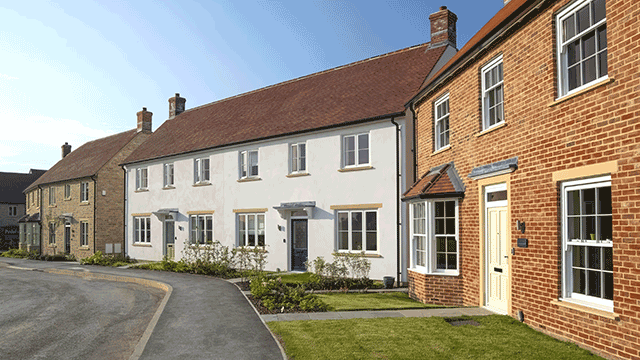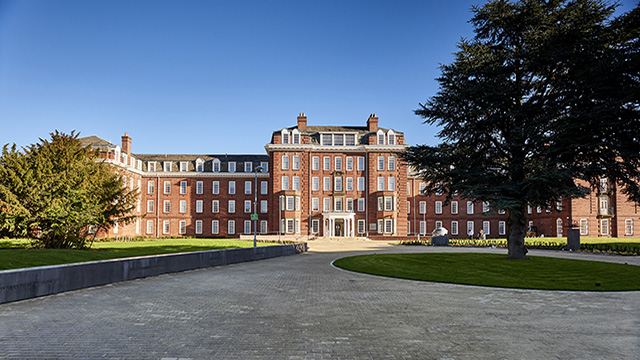Coal Mining (Subsidence) Act 1957 — Property damaged by subsidence — Claimant alleged damage attributable to coal mining — Burden of proof on corporation to show damage not attributable to coal mining — Evidence of other causes — Whether burden of proof discharged — Interim decision on liability
The claimant is the owner of a dwelling-house in Griffydam, Coalville, Leicester, built about 1910. In 1982 he submitted a claim under the Coal Mining (Subsidence) Act 1957 against the then National Coal Board (now British Coal Corporation) for damage to his property; the board denied liability. The property stands on a plateau adjoining a sandstone escarpment 25-ft high which overlays a coal measure. Coal mining in the area was first recorded between 1806 and 1833. In 1957 and in 1962 the Coal Board worked coal seams in the area and observed anomalous ground strains. A number of mining subsidence damage claims, including several in respect of the claimant’s property, were met by the board during this period. The claimant’s property suffered further severe damage in 1982; this damage was the subject of the present claim.
The corporation accepted that the property was damaged by subsidence but denied that this was due to coal mining, primarily because of the lapse of time between the cessation of modern coal mining and the onset of the damage, and because the property is situated well outside the area of influence of ancient mine workings. They contended that the most likely cause of damage was the natural and progressive structural weakness of the site coupled with inherent weakness in the foundations and the effects of traffic vibrations, tree root action and frost heave. It was accepted that the burden of proof was on the corporation to show that the damage was not due to coal mining, and that burden was on the balance of probabilities.
Held On the evidence, it was unlikely that tree roots, traffic vibrations, frost heave, inadequate bearing load of soil or inadequate foundations were major causes, if any, of the damage. But a major cause was the wash down of materials beneath the foundations and ground fissuring, both of which could have been caused by coal mining or the unusual geological features of the area. Although the property was outside the more normal area of coal mining subsidence influence, and the damage occurred beyond the normal time-limit after the cessation of coal mining, the evidence showed that the corporation had in the past accepted such claims. Some of the damage to the property might have been due to non-mining subsidence, but on a balance of probabilities the corporation had failed to show that the damage was not caused to a significant degree by mining subsidence.
RAD Payne (instructed by Flint Bishop & Barnett, of Derby) appeared for the claimant; and Colin Sydenham (instructed by the solicitor to British Coal Corporation) appeared for the compensating authority.









